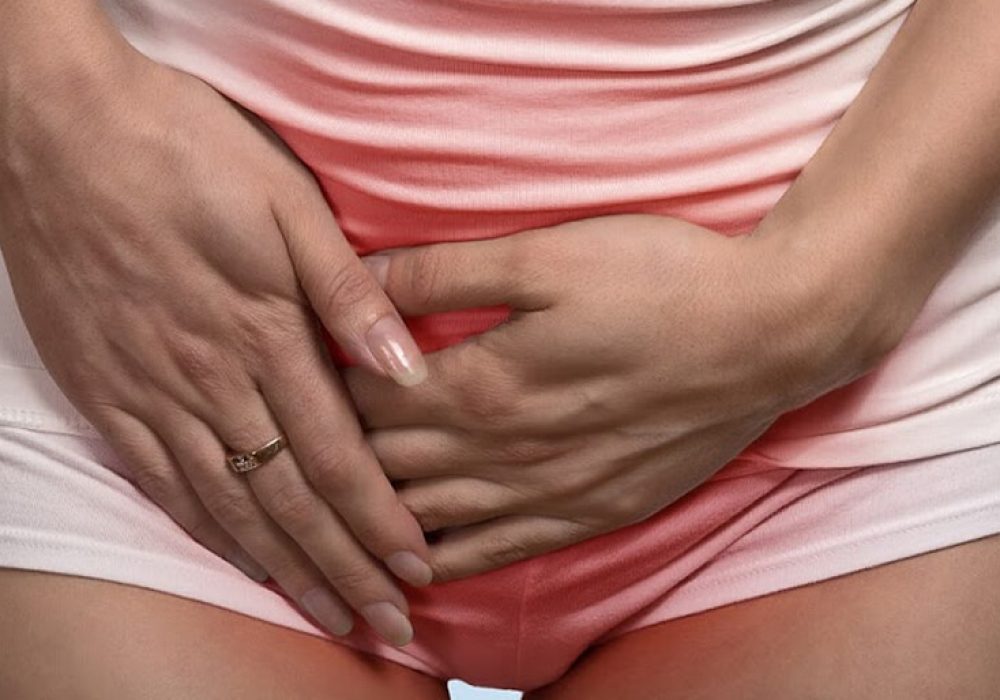Many different medical conditions may cause urinary incontinence. Some of these conditions are easy to treat while others may require intensive intervention or have long-lasting effects.
CERTAIN MEDICATIONS
Some medications have urinary incontinence as a side effect. These drugs are also known as diuretics. Most patients regain control of their bladder once they are off the medication.
URINARY TRACT INFECTIONS (UTIS)
Urinary tract infections are fairly common in women. There are some preventative measures you can take to reduce your risk of a bladder infection or a UTI, and they can usually be treated with antibiotics.
ABNORMAL GROWTHS
Polyps, tumours, and bladder stones may cause urinary leakage, especially urge incontinence. These growths can usually be treated with the help of your doctor.
ABNORMALITIES IN THE URINARY TRACT
A urinary fistula is an abnormal opening between a urinary organ and another proximal organ. Urine may leak out of this abnormal opening (i.e. through a fistula in the vagina).
PELVIC ORGAN PROLAPSES
A healthy pelvis contains strong tissue that supports the organs and keeps them in place.
In some patients, these tissues and muscles can weaken and cause the bladder, urethra, uterus, or rectum to prolapse, causing urinary leakage and other problems.
This condition is sometimes treated with surgery, or with a supportive device known as a pessary.
NEUROMUSCULAR ISSUES
Urinary incontinence is sometimes caused by a lapse in the brain’s ability to communicate with the bladder and urethral muscles.

